The article below is reposted from the project's related Github repository:
During the summer of 2018, I traveled to Cambridge to intern at the Berkman Klein Center for Internet and Society at Harvard Law School. Out of the many organizations and projects at the Berkman Klein Center "dedicated to exploring, understanding, and shaping the way we use technology," I worked at the Library Innovation Lab. At the Library Innovation Lab, which focuses on the intersection of libraries, technology, and law, my manager gave me the opportunity to "build something cool." I took on the creation of a project from start to finish, which you can read about here.
My project idea started with my interest in storytelling and retelling. I had a few big questions: What can we learn about the spread of (mis)information from how people remember and retell stories? What is the importance of oral storytelling? How can we use oral story retelling to build empathy? What is my moral responsibility as a creator or re-creator?
What started as a wide range of ideas, evolved into a full-functioning art piece. With the guidance of my coworkers, I brought ideas through an iterative design process, which resulted in my project: an interactive storytelling device called Redial. In order to create Redial, I rewired a rotary phone to a Raspberry Pi, wrote Python code to control the interaction with the phone, and built the basics of a related website in R Shiny. You can view all my commented code on this Github.
If my project description has captured your interest, please read on to see what I learned!

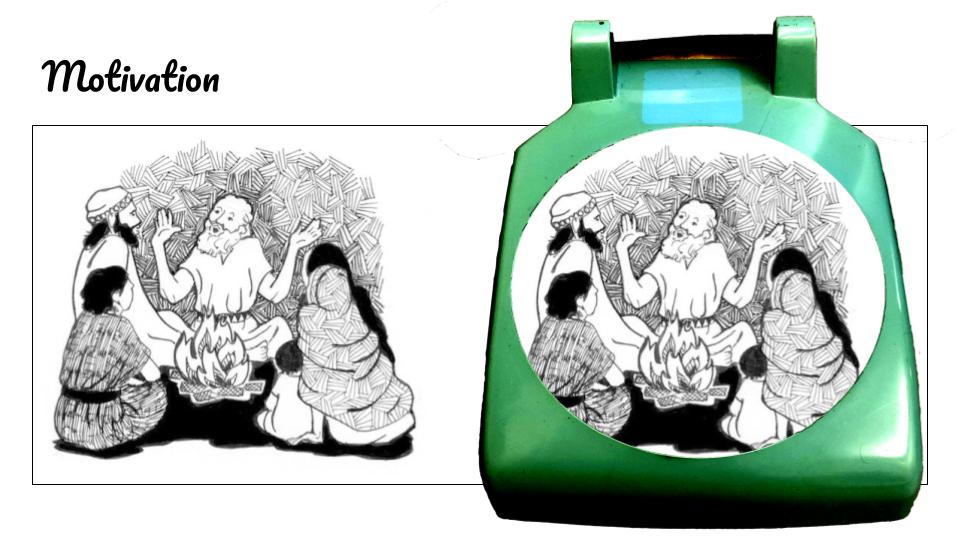
Oral storytelling is powerful. From early days in human evolution, the process of gathering around campfires and sharing stories allowed our ancestors to pass on valuable information.
Oral storytelling is intimate. During gatherings with friends and families we sit, eat, and talk. We share stories about our low and high moments.
Oral storytelling is personal. The emotion behind an orator's words makes their story more relatable.
I brainstormed ideas about how to capture these values found in oral storytelling.
First, in order to see if the idea of studying the oral retelling of stories, I tested out playing the Telephone Game with different types of stories. The Telephone Game, also known as Whisper Down the Lane, is a children's game where players attempt to pass on a story by whisper to see how it changed.
In my exploration of the game, I tried different length stories, different perspectives, and different tones. I explored different forms of stories, including jokes, music, and instructions. If I changed key characteristics about the identity of the characters in the story, would they remember the story differently? I recorded the iterations of the retellings and analyzed how they changed over time.
As I explored these ideas, I began to focus more on storytelling's ability to build empathy. I began to explore the best user interaction to cultivate empathy in the listener and reteller.
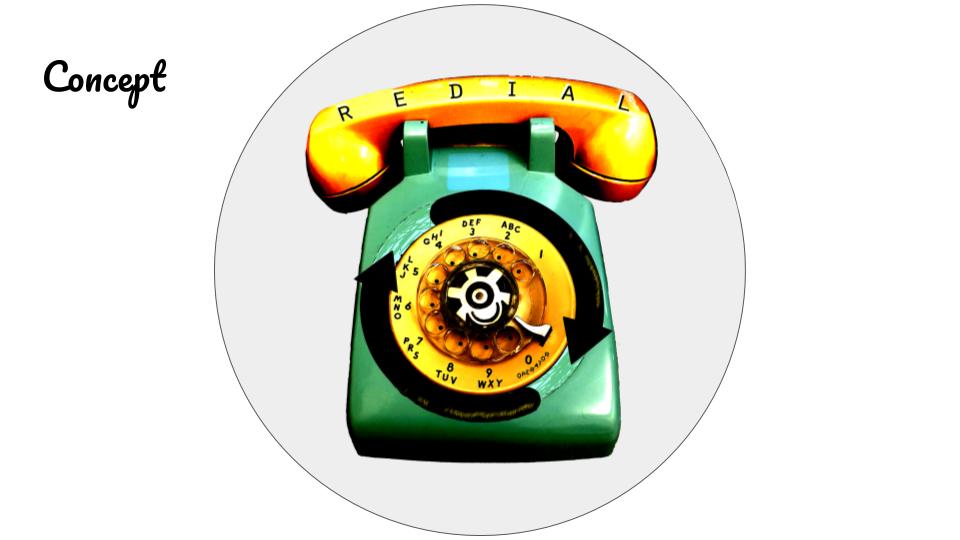
After brainstorming and testing a few ideas out, I decided to create a physical device that would house story retellings. The idea was this: People would come up to a phone, dial a number from 1 to 9 to listen to a unique first-person story, and then retell the story back into the phone - all while maintaining the same first-person perspective. People could also dial the operator to hear more about the concept or tell their own story.
Just like the Telephone Game, the story would change over time. By using technology as a means to collect the stories, I could save each iteration of the story. Later I could analyze the changes in the story, and create a website that allowed users to see how their story changed overtime.
The physicality of the phone required people to physically be present much like a campfire. I hoped the physicality of the phone would create more emotional involvement as well.
I began the process of creating the phone.
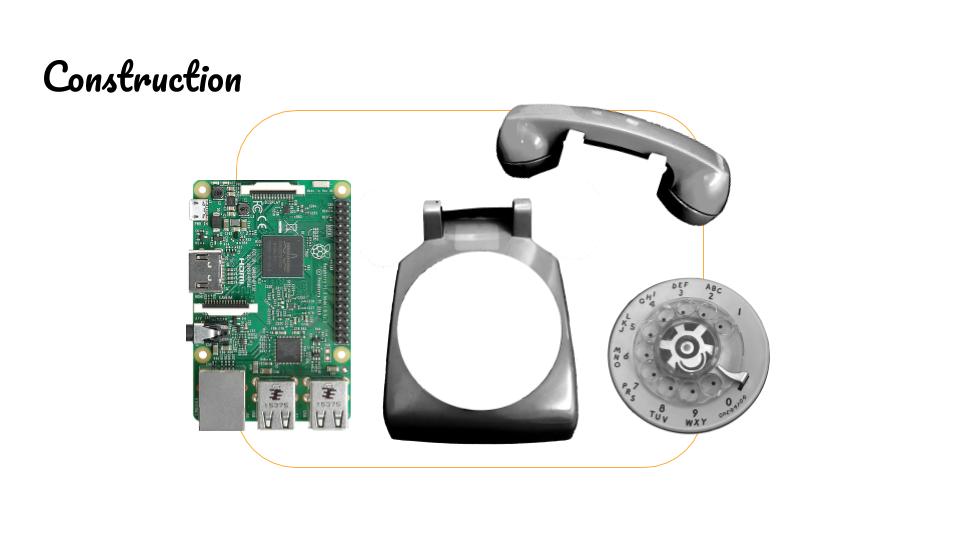
To make this physical installation, I rewired a rotary phone to a small, low-cost computer called a Raspberry Pi. The Raspberry Pi has a number of "pins" (as shown on the right side of the photo of the computer chip above), which allowed me to attach the wiring from the phone. The pins read input and send output from and to the phone. Although I have a computer science background, I had not worked with hardware before this project and the process had a steep learning curve.
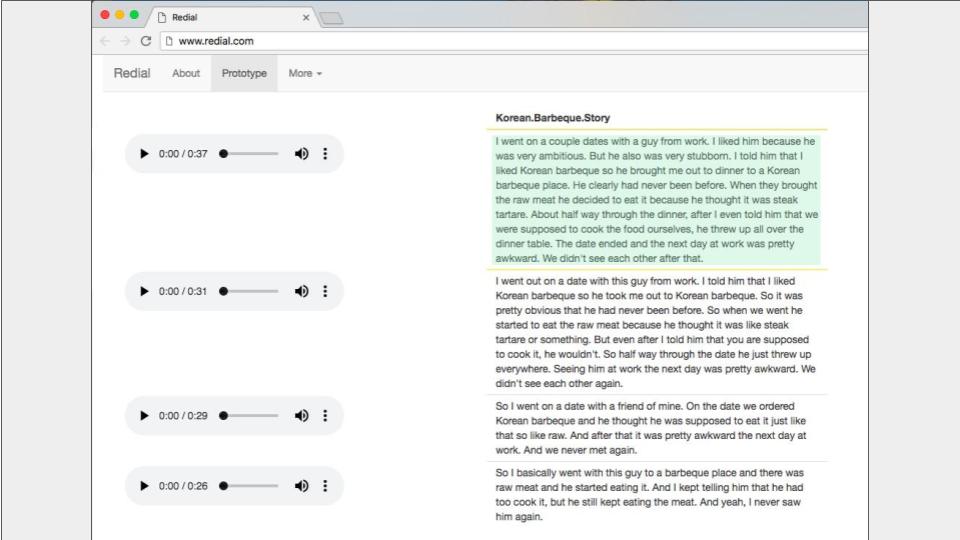
Above is a prototype for the website for Redial. On the left the user can listen to the recordings, and on the right the user can find the transcriptions of the stories. I used the Google Speech to Text API to transcribe the recordings.
The story showcased above is one of the more comical stories I tested out. The green highlighted text is the original story, which is about a date gone wrong. The storyteller goes on a date with a guy who eats the raw meat at a Korean barbecue restaurant because he thought it was steak tartare. I like this story because although the original story has a specific plot, a bad date is still a relatable experience to many.
I imagined that the listening experience would be enjoyable in-part because the original storyteller is unknown. Each person who retold the story would potentially take on the ownership of the story. However, as you can see below, the story quickly devolved!
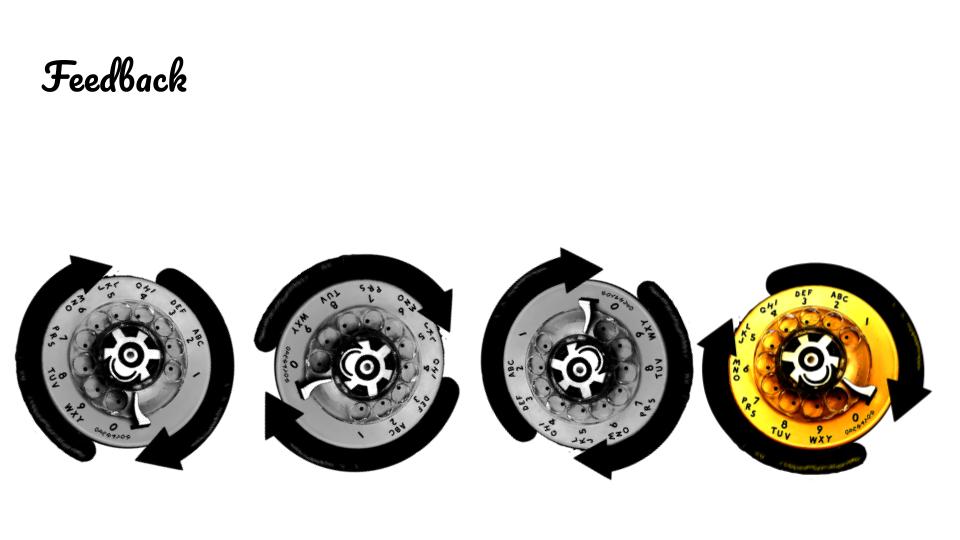
I found a few different observations that helped me make Redial more effective.
For one, I changed the rules so the story that people listened to was always the original story. There was too much risk in the story becoming a retelling. Occasionally, people would leave the phone part way through without finishing the story, or someone would change the story completely. One bad actor could destroy the whole lineage of stories. This problem might be interesting for a separate research project but I wanted my installation to focus on building empathy.
I also found that people were happy to tell a long story, but listening to a long story was a whole different ball game. The ideal length for listening was under 30 seconds because after that time people would lose interest. However, sometimes people would tell stories much longer than two minutes.
Overall, I found the project to be a success. In the future, I would like to finish the website and examine user interaction when there is a website involved. I would also like to test out this idea in different spaces. Perhaps in abandoned street telephones.
I would like to thank everyone at the Library Innovation Lab and at the Berkman Klein Center for their help and participation in the project. Thank you Anastasia for the help with the hardware! I learned a lot this summer and had a lot of fun.
Thank you for taking the time to read this. If you have any questions or are interested in continuing this project, please reach out.